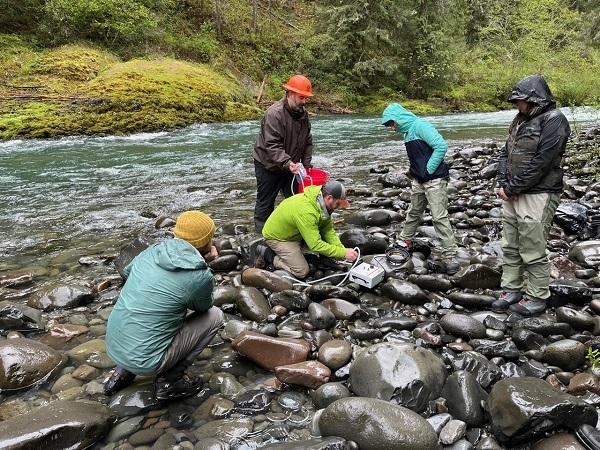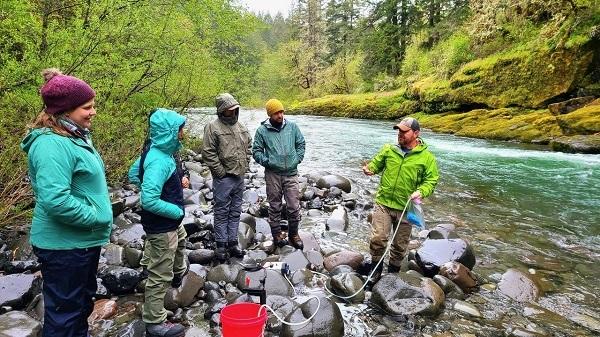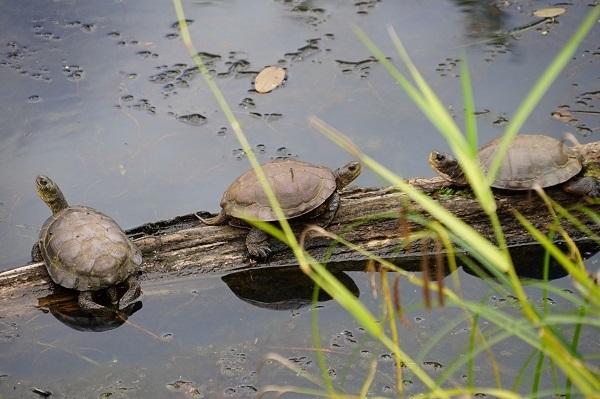Related Stories
- Progress on Public Lands: BLM 2025 Trump Administration Accomplishments | January 20 - December 31, 2025
- Popular posts: BLM's most viewed blogs of 2025
- Timber Talk: OR/WA logs a big win in FY25
- Smokey Bear joins Mr. & Mrs. Claus to continue LTVA annual toy giveaway
- Nine years of partnership pays off: Fitzhugh Creek Meadow restoration achieves dramatic results
Office
1717 Fabry Road, SE
Salem, OR 97306
United States
Phone:
Email:



